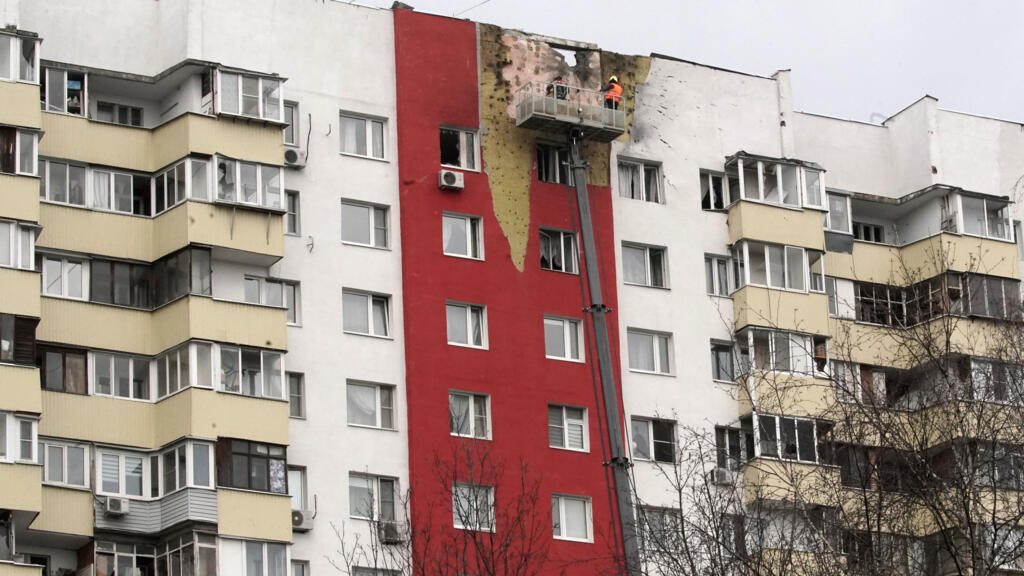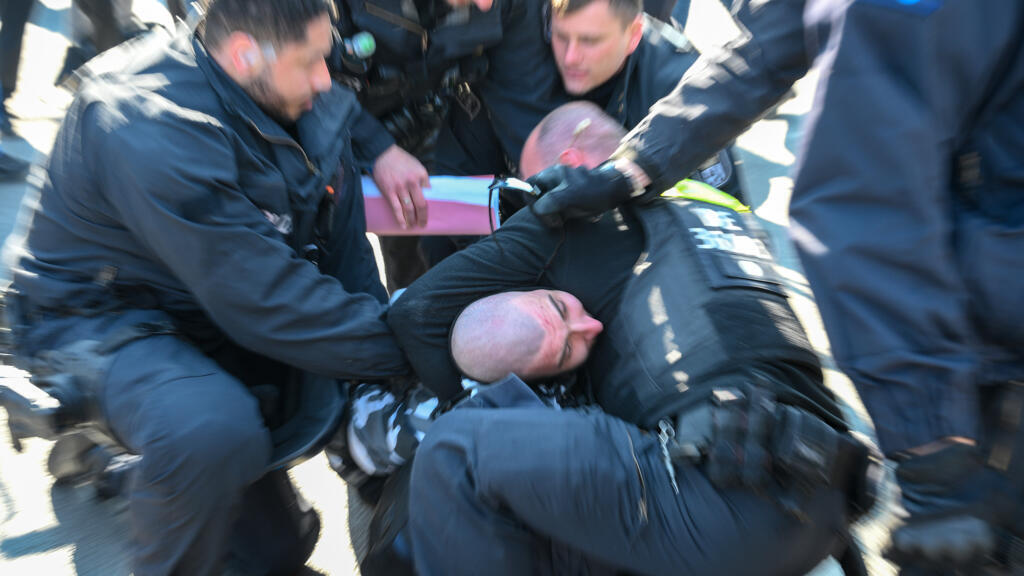On Wednesday, the Russian Defence Ministry reported that it had intercepted a total of 159 Ukrainian drones within a span of 12 hours. The majority of these drone incursions were directed towards Russia's western border regions, which have been increasingly targeted amid ongoing tensions in the area. Notably, at least six drones were shot down over the Moscow region, escalating concerns about the security of the Russian capital.
This uptick in drone activity comes on the heels of heightened military engagements between Russia and Ukraine. The use of drones has become a significant aspect of modern warfare, allowing countries to conduct surveillance, gather intelligence, and launch attacks without putting personnel directly at risk. The Russian military's success in intercepting this high number of UAVs underscores its growing capabilities in counter-drone technology, although the persistent attacks indicate the ongoing threat posed by Ukraine’s drone operations.
In a related development, Russian President Vladimir Putin made a visit to the border region of Kursk on Tuesday. This visit, reported by the Kremlin, may have been aimed at assessing the impact of the conflict closer to the front lines and to reassure local citizens of the government's response capabilities. The Kursk region is strategically important for Russia, serving as a buffer zone against Ukrainian operations. Putin's presence in the area could also be interpreted as a show of strength amidst ongoing military challenges.
The drones intercepted by Russia appear to be part of a broader Ukrainian strategy to exert pressure on Russian territories, especially those closer to Ukraine’s borders. The targeted approach suggests a calculated effort to disrupt military operations and to test the Russian air defense systems. As hostilities continue, the war of attrition between the two nations seems to escalate, leading to increased military responses and strategic deployments on both sides.
The issue of drone warfare has evolved into a focal point in the broader conflict, with both nations investing in advanced technology to gain the upper hand. Russia's ability to down a significant number of drones may temporarily mitigate threats to key regions, but the fact that some drones have successfully penetrated defenses signifies ongoing vulnerabilities that could be exploited in future operations.
Overall, the latest developments highlight the complex dynamics of the Russia-Ukraine conflict, with drone warfare emerging as a critical component of strategic military operations. As the situation unfolds, the international community will be watching closely for developments that could shift the balance in this ongoing conflict.












